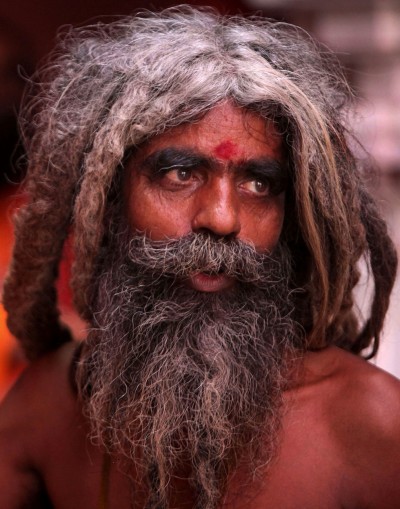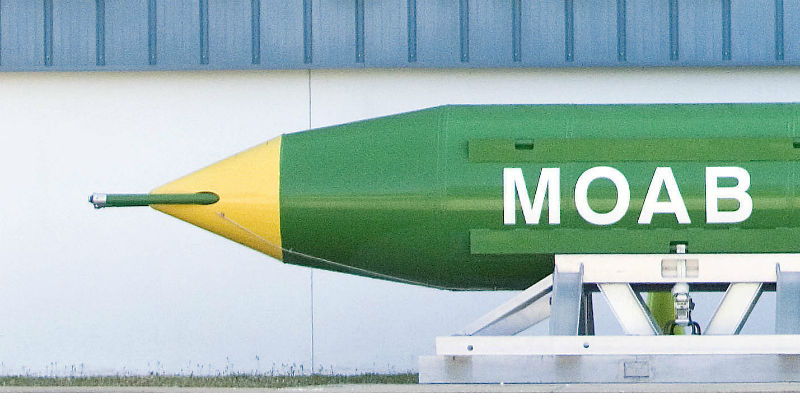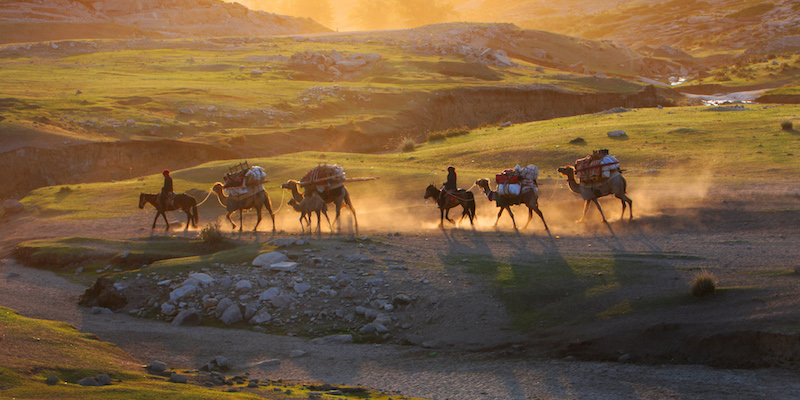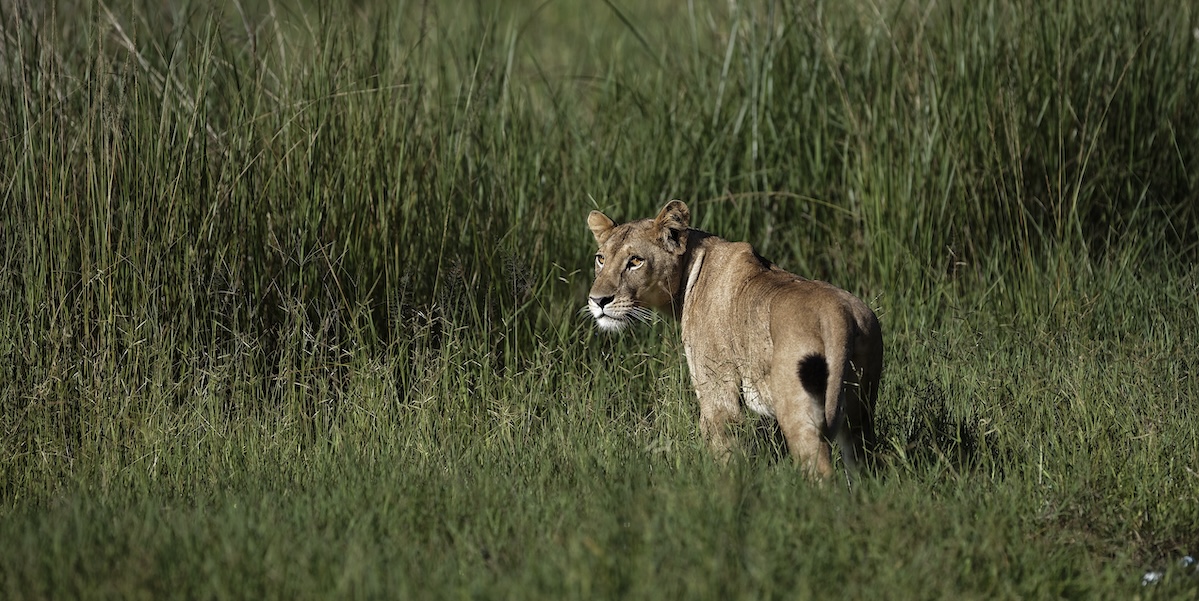Il pellegrinaggio ad Amarnath
Le foto della pericolosa e faticosa scarpinata degli induisti verso una grotta in Kashmir, regione a maggioranza musulmana
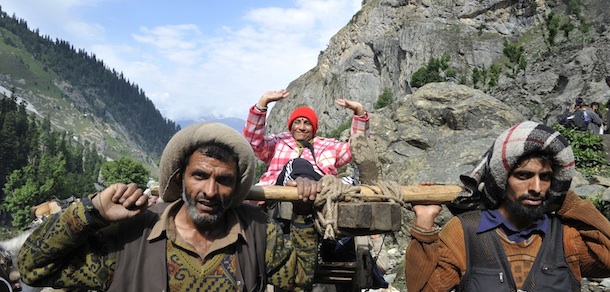
altre
foto
Ogni estate centinaia di migliaia di induisti vanno in pellegrinaggio alla grotta sacra di Amarnath, che si trova nello stato del Kashmir a circa 3880 metri di altezza sul livello del mare. Nella grotta si trova uno dei più importanti templi dedicati al dio Shiva, il “dio della distruzione e della rigenerazione”, e una stalattite considerata dai fedeli un lingam di Shiva, ovvero un simbolo fallico che rappresenta una manifestazione del dio e della sua forza creatrice.
Il pellegrinaggio è molto faticoso perché i devoti devono inerpicarsi lungo sentieri molto ripidi, attraversare ruscelli gelati e laghi ghiacciati. Inoltre la grotta si trova nella regione indipendentista del Kashmir, a maggioranza musulmana: per alcuni anni il pellegrinaggio è stato sospeso per ragioni di sicurezza e in passato i fedeli sono stati vittime di minacce e attentati, come quello del 2000 quando i separatisti uccisero 30 persone. Ora ha ripreso a svolgersi regolarmente, i controlli di sicurezza sono molto rigidi e le zone attraversate dai pellegrini sono costantemente pattugliate da forze di sicurezza.
